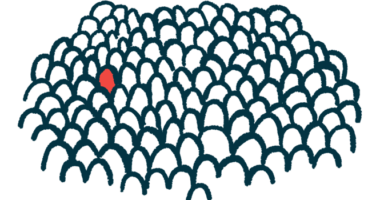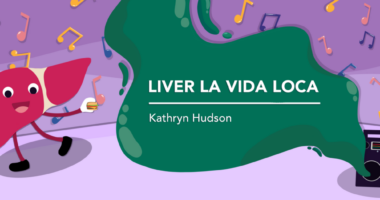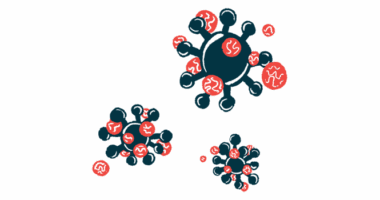ALF unveils network to connect living donors with strangers in need
Secure portal matches potential liver donors to US transplant centers

The American Liver Foundation (ALF) is launching a first-of-its kind national database, called the ALF Living Donor Network, to connect people willing to donate part of their liver to a stranger with patients for whom a liver transplant could be life-saving.
“There are nearly 9,300 people in the United States waiting for a liver transplant and the need for donors is so great,” Lorraine Stiehl, CEO of ALF and a caregiver to a transplant recipient, said in a foundation press release.
According to Stiehl, about 1 in 4 people on the liver transplant list will die while waiting because there are no available organs. “This is unacceptable,” she said. “ALF’s Living Donor Network offers non-directed living liver donors a secure way to connect with transplant centers across the country in an effort to save lives.”
The liver is one of the only organs in the body that is capable of regenerating itself. As such, it’s possible to take part of a liver from a living person and transplant it into someone whose liver is no longer working. Both the donor and recipient will end up with a portion of liver that will grow and regenerate into a fully working liver.
The regenerating liver and non-directed donation
Most people who choose to donate part of their liver while alive do so for someone they know — called direct donation. However, there is an increasing number of people who are willing to make this donation to save the life of a stranger. This has previously been called an altruistic or anonymous donation but it is now more formally known as non-directed donation.
“Despite an annual increase in the total number of liver transplants and a corresponding decrease in waitlist mortality, we are still unable to provide this life-saving surgery to approximately 2,000 to 3,000 candidates each year,” said Andres Duarte-Rojo, MD, PhD, medical director of liver transplantation at Northwestern Feinberg School of Medicine. “Unfortunately, the growth in deceased donor liver transplantation has not been matched by a sustained increase in living donor liver transplantation, and our rate of living liver donation continues to lag behind that of most other countries with established expertise in the field.”
The ALF Living Donor Network allows people who are interested in non-directed donation to sign up via an online portal. Eligibility criteria include being 18 years or older; living in the U.S.; being in excellent physical and mental health; having no significant health conditions like diabetes, or liver or heart disease; being a non-smoker or willing to quit before surgery; and having the ability to abstain from alcohol before and after the transplant.
After answering some questions about medical history, eligible donors will be referred to a participating transplant center of their choice for further evaluation, which will include blood tests and imaging scans, psychological assessments, and other consultations.
The foundation offers a video about the process of a living donor liver transplant and a peer-to-peer support program that can connect those interested in donating part of their liver with a living donor mentor.
Non-medical costs like travel, lodging, and lost wages are not typically covered by insurance, but charitable programs and organizations like the National Living Donor Assistance Center may help cover some costs.
Duarte-Rojo, who is also the American Society of Transplantation representative to the ALF Living Donor Network project, said this network “would help match potential donors with their corresponding candidates, thereby helping to close the gap in organ availability.”
In addition to reducing wait times for liver transplants in general, the project has a specific, ambitious goal: to completely eliminate the waitlist for children who need a liver transplant.
“In recent years we have seen an inspiring increase in the number of individuals coming forward interested in living liver donation, particularly non-directed donors that want to help anyone in need of transplant, especially children,” said Christopher Sonnenday, MD, transplant center director of the University of Michigan Health Transplant Center and surgical director of its living donor transplant program. “The ALF Living Donor Network is a critically important initiative that quickly connects these generous individuals with transplant centers with expertise in living liver donation for comprehensive evaluation and education.”
To create the new network, the ALF called in a variety of experts, including representatives of medical associations and transplant centers nationwide.
“ALF is to be highly praised for the thought and process placed to create the Living Donor Network,” said Sameh Fayek, MD, PhD, a professor at West Virginia University and transplant surgeon at Charleston Area Medical Center. “As a society we look forward to the transformative impact of this endeavor to save more lives by facilitating a secure, safe process guiding and linking interested heroes to transplant centers.”







